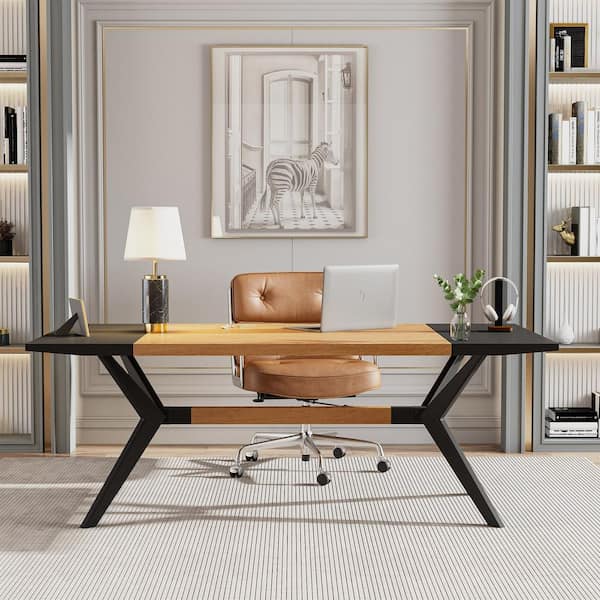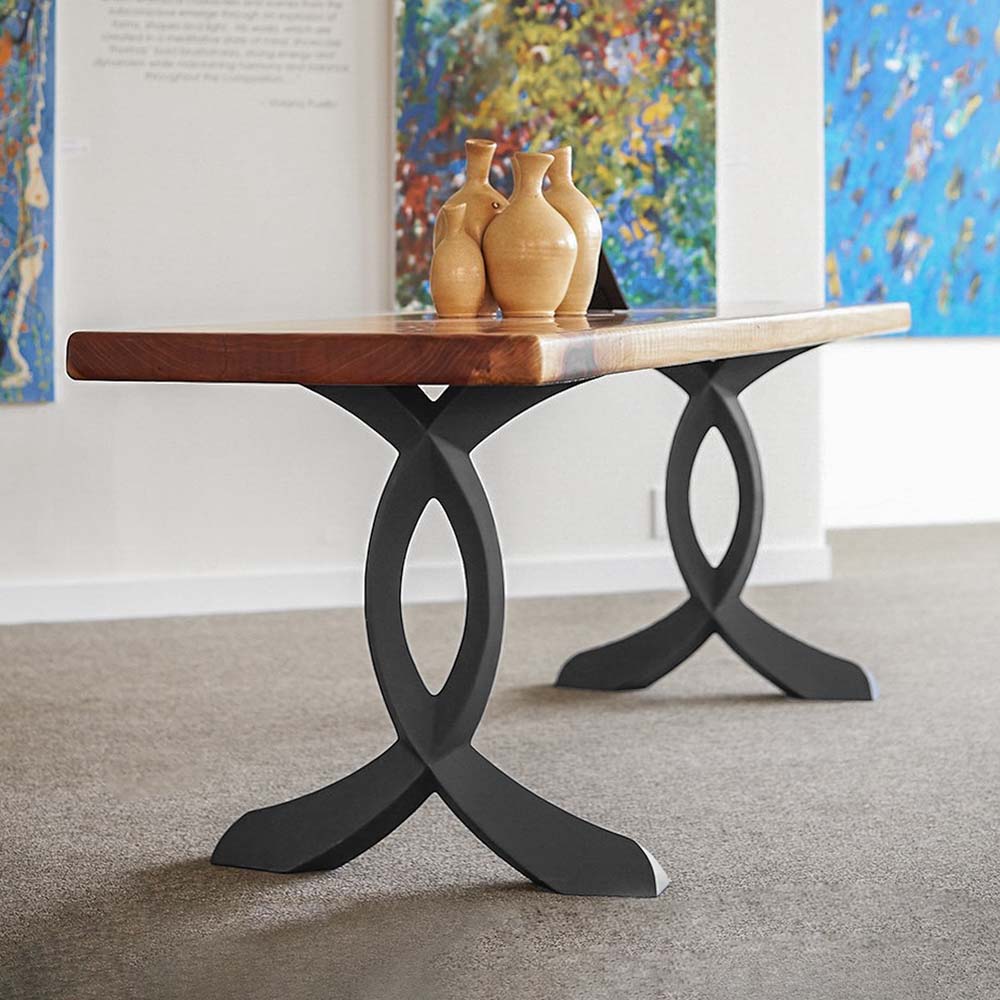Exploring Various Layouts for Dining Room Table Legs to Suit Your Visual
Exploring Various Layouts for Dining Room Table Legs to Suit Your Visual
Blog Article
Picking the Perfect Eating Table: What Styles Work Best for Your Home?
Picking the suitable table for your home can be a nuanced procedure that stabilizes appearances and capability. Whether your area leans towards standard beauty, modern-day minimalism, rustic appeal, or commercial stylish, the variety of designs available can deal with diverse tastes. Each layout uses unique advantages and difficulties that can either enhance or disrupt your eating area's consistency. Understanding exactly how various products, forms, and sizes connect with your existing design is critical. To navigate these selections effectively and discover a table that truly matches your home, take into consideration the complying with facets in detail.
Assessing Your Room
Evaluating the measurements and layout of your dining area is a critical primary step in picking the excellent dining table. Begin by determining the size and width of the space, representing doorways, windows, and other building attributes that might affect table placement. This makes certain that your table not only fits yet likewise enables comfy activity around it.
Take into consideration the variety of people you commonly entertain. A table must accommodate your home's daily requirements while supplying sufficient flexibility for occasional visitors. As a policy of thumb, designate at least 24 inches of table width each to ensure a comfortable eating experience.
It's additionally vital to preserve appropriate clearance around the table. Ideally, there should be at least 36 inches between the table side and wall surfaces or other furnishings, allowing simple accessibility and activity. For areas where chairs with arms or additional storage space devices like buffets are involved, raising this clearance to 48 inches is advisable.
Lighting and atmosphere play considerable roles. Guarantee that your table straightens with existing lights components or prepare for ample lighting remedies. This comprehensive spatial assessment warranties that your table not only fits physically but additionally balances with your room's total functionality and aesthetic.
Popular Table Styles

Typical table commonly feature luxuriant details, rounded legs, and rich wood surfaces, evoking a feeling of ageless sophistication. They are best for homes with timeless style or those looking to include a touch of sophistication to their dining location.
Modern eating tables prioritize simpleness and tidy lines, often integrating products like glass and metal. These tables are optimal for modern spaces, providing a streamlined and clean look that enhances minimal layout philosophies.
Rustic table, on the various other hand, emphasize natural materials and a handmade appearance - dining room table legs. They typically feature recovered wood and a troubled finish, producing a cozy and inviting ambience. These tables function well in farmhouse-style homes or those looking for a cozy, organic feel
Industrial eating tables incorporate basic materials such as steel and wood, typically showcasing an utilitarian aesthetic. This design is well-suited for loft spaces or urban rooms, including a touch of rugged find more information charm and sturdiness to the eating experience.
Each style provides distinctive benefits, making it important to choose one that aligns with your home's overall design and your individual preferences.
Product Selections
When picking a dining table, the selection of material plays a best site crucial role in establishing both the table's looks and capability. Timber, steel, glass, and composite materials each deal unique benefits and obstacles, making it imperative to line up the product with your home's design and lifestyle requirements.
Wood is a classic and flexible alternative, available in selections such as oak, walnut, and mahogany. Understood for its longevity and warmth, timber complements both standard and contemporary interiors. Nevertheless, it requires normal maintenance to stop scratches and warping.
Steel tables, frequently crafted from stainless steel, aluminum, or functioned iron, are commended for their contemporary charm and effectiveness. They are specifically suited for commercial or minimalist setups however can be susceptible to damages and may feel cool to the touch.
Glass table bring an air of beauty and visibility, suitable for smaller spaces as they develop an illusion of even more area. While simple to tidy, glass can be at risk Discover More Here to smudges and requires careful managing to avoid chips and cracks.
Composite materials, such as MDF and plywood, offer economical and adjustable remedies, though they may do not have the long life of all-natural products. Selecting the right product guarantees your eating table is both a practical possession and an aesthetic delight.
Forming and Size Factors To Consider
After determining the ideal product for your eating table, the following consideration is choosing the ideal form and size to match your space. Alternatively, rounded tables foster a sense of affection and are superb for smaller sized dining locations, encouraging discussion by getting rid of edges and making everyone feel just as consisted of.
As a regulation of thumb, allot at the very least 24 inches of table width per person to guarantee comfortable eating. Additionally, take into consideration the table's clearance space: there should be at the very least 36 inches in between the table edge and the walls or other furniture. Prolonging tables supply adaptability if you often organize bigger events, supplying extra seats when required without occupying added room daily.
Matching Your Style
Choosing a dining table that harmonizes with your existing design is pivotal in creating a natural and inviting area. Begin by examining your existing indoor layout style, whether it be modern, conventional, rustic, or diverse. The dining table ought to complement the overall aesthetic, not take on it. As an example, a streamlined, minimal table with tidy lines is suitable for a contemporary home, while a vintage, elaborate table matches an extra traditional setup.
Shade and material are equally significant. If your style includes warm tones and all-natural products, think about a wood table to boost the natural feeling. Alternatively, a glass or steel table may be better suited in a space dominated by trendy colors and industrial components. Focus on the surface, as it ought to mirror various other furniture and components to maintain harmony.
A rough-hewn, recovered timber table can add character to a rustic space, while a refined marble surface area can elevate an extravagant dining area. A well-matched eating table not just enhances visual allure yet also improves the overall dining experience.

Final Thought
Selecting the suitable eating table requires cautious factor to consider of room, style, materials, form, and dimension (dining room table legs). Traditional tables enhance timeless interiors with abundant wood finishes, while contemporary tables suit contemporary settings through glass and metal. Rustic layouts present heat using all-natural materials, and industrial designs boost urban atmospheres with raw components. Balancing the table with existing design makes sure both performance and aesthetic allure, adding to a cohesive and cosmetically pleasing eating location.
Report this page